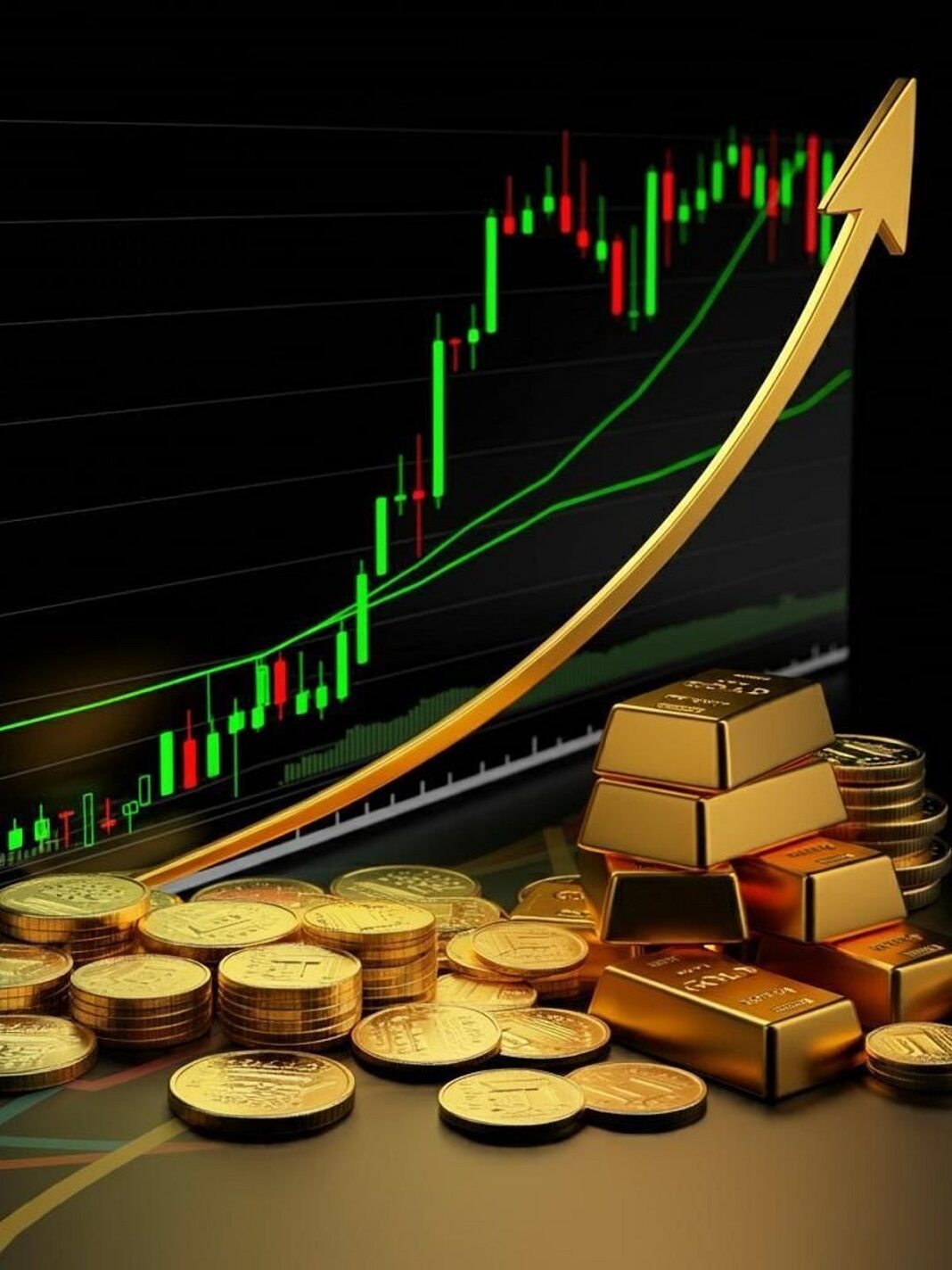Market Pulse
A growing sense of distrust in the U.S. dollar’s stability and long-term purchasing power is reportedly driving significant rallies in both Bitcoin and gold. This assessment, highlighted by financial experts like Eurizon, suggests that investors are increasingly seeking alternative stores of value in an unpredictable macroeconomic landscape. As traditional fiat currencies face unprecedented inflationary pressures and geopolitical shifts, the narrative for digital assets like Bitcoin and centuries-old commodities like gold as safe havens is strengthening.
The Shifting Sands of Global Trust
The current macroeconomic environment is characterized by persistent inflation, expansive fiscal policies, and geopolitical instability, all of which contribute to a weakening outlook for the U.S. dollar. Central banks globally are grappling with balancing economic growth with price stability, often leading to policies that erode currency value. This erosion, perceived by many as a loss of confidence in the dollar’s status as the undisputed global reserve currency, creates a vacuum that alternative assets are now filling.
- Inflationary Pressures: Sustained high inflation rates diminish the purchasing power of fiat currencies.
- Fiscal Expansion: Government spending and rising national debts can lead to concerns about future currency debasement.
- Geopolitical Uncertainty: Global conflicts and trade tensions encourage diversification away from traditional currency holdings.
- Monetary Policy Divergence: Differing approaches by central banks can create volatility in currency markets.
Bitcoin’s Ascent as a Digital Safe Haven
In this climate, Bitcoin’s appeal as a digital safe haven is gaining unprecedented traction. Its decentralized nature, limited supply cap of 21 million coins, and resistance to censorship make it an attractive hedge against fiat currency instability. Investors, particularly those looking beyond traditional asset classes, are increasingly viewing Bitcoin as ‘digital gold’ – an asset that can retain value when conventional markets falter. This narrative is further bolstered by increased institutional adoption and improving regulatory clarity in various jurisdictions.
Gold’s Enduring Luster
While Bitcoin stakes its claim in the digital realm, gold continues its historical role as the ultimate tangible safe haven. For millennia, gold has been a reliable store of value, particularly during times of economic turmoil and currency devaluations. The current rallies underscore its enduring appeal to investors who favor physical assets and a proven track record of resilience. Gold’s lack of counterparty risk and universal acceptance across cultures solidify its position as a go-to asset when trust in national currencies wanes.
Market Implications and Investor Behavior
The parallel rallies in Bitcoin and gold, driven by similar underlying concerns about dollar stability, point to a significant shift in investor psychology and asset allocation strategies. This trend implies a strategic diversification by both retail and institutional investors seeking to protect capital from perceived risks associated with fiat currencies. It suggests a future where portfolios are increasingly balanced with assets that offer genuine scarcity and independence from central bank policies.
- Portfolio Diversification: Investors are diversifying into non-correlated assets.
- Long-Term Value Preservation: Focus on assets with inherent scarcity and historical resilience.
- Shift in Mindset: Growing acceptance of Bitcoin alongside traditional assets like gold.
- Capital Reallocation: Funds moving from cash and traditional bonds to alternative assets.
Conclusion
The thesis presented by Eurizon, highlighting dollar distrust as a key driver for Bitcoin and gold rallies, provides crucial insight into current market dynamics. It underscores a fundamental re-evaluation of value in an era of economic uncertainty, positioning both the digital and physical forms of ‘scarce money’ as essential components of a resilient investment strategy. As global financial systems continue to evolve, the interplay between macroeconomic factors and the performance of these alternative assets will remain a critical watchpoint for investors worldwide.
Pros (Bullish Points)
- Reinforces Bitcoin's narrative as a legitimate hedge against inflation and fiat currency debasement.
- Attracts traditional investors looking for portfolio diversification amidst global economic uncertainty.
Cons (Bearish Points)
- Bitcoin's price remains highly volatile, which may deter risk-averse investors despite its safe-haven appeal.
- Dependence on external macroeconomic factors could make its performance unpredictable without clear dollar weakness.
Frequently Asked Questions
What is 'dollar distrust' and why is it happening?
Dollar distrust refers to a growing lack of confidence in the U.S. dollar's long-term stability and purchasing power, often due to inflation, large government debt, and geopolitical tensions.
How do Bitcoin and gold act as safe havens?
Both Bitcoin and gold are seen as assets with inherent scarcity. Gold has a long history as a store of value, while Bitcoin offers a decentralized, censorship-resistant alternative to fiat, appealing to those seeking protection against currency debasement.
What are the risks of investing in Bitcoin as a safe haven?
Despite its potential, Bitcoin remains a highly volatile asset. Regulatory uncertainty, security risks, and its nascent market compared to gold mean it carries higher risks for investors seeking stability.



